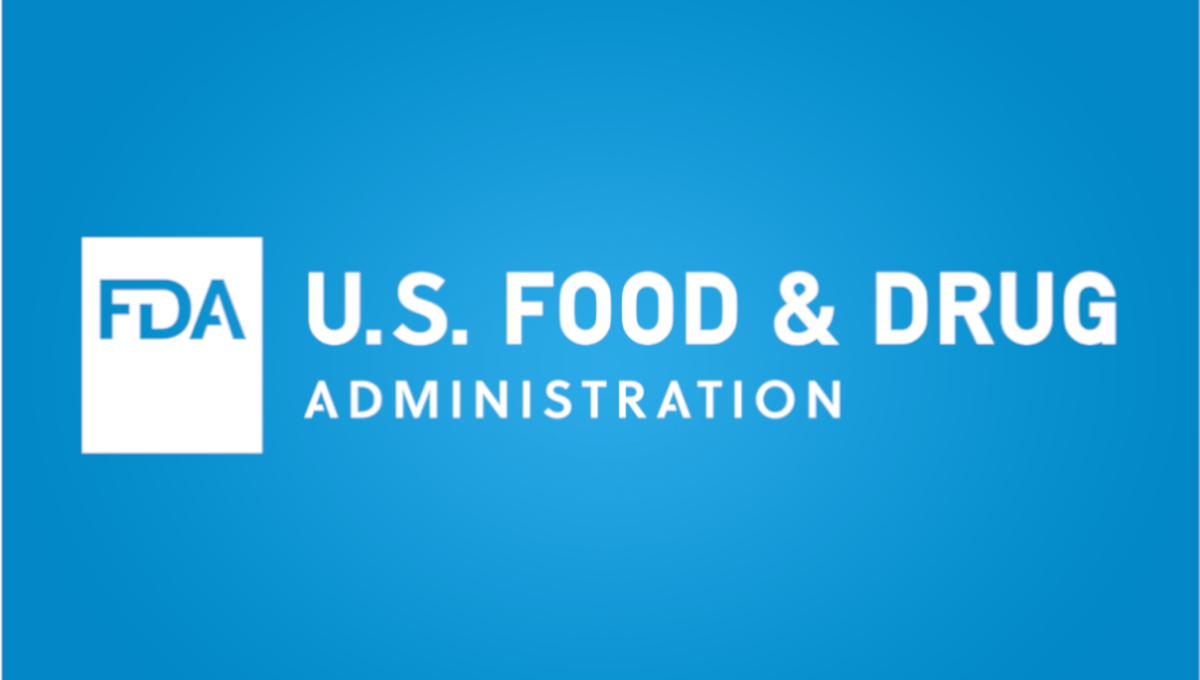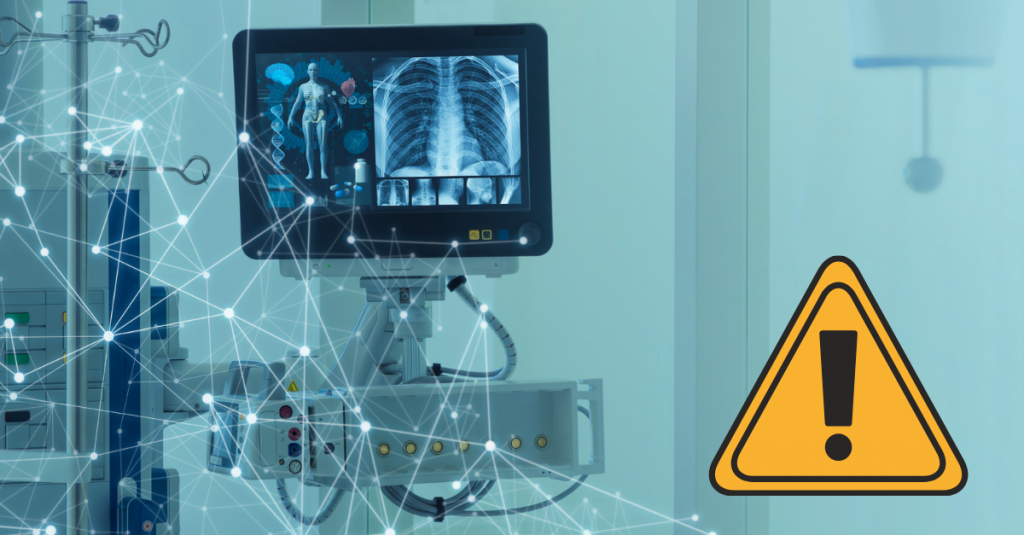The article provides a brief overview of the most important matters related to electronic medical device reporting.

The document constitutes a draft guidance the authority has published in order to collect feedback from industry representatives and other parties involved regarding the regulatory approach suggested. Thus, the provisions described in the present draft guidance could be subject to changes due to new information becoming available to the authority.
The Agency will accept comments within two months from the date the document has been initially published. Once finalized, the document will provide additional recommendations and clarifications on the matter.
Due to their legal nature, guidance documents do not introduce any requirements themselves. The approach described therein should be taken into consideration by the medical device manufacturers or other parties engaged in operations with medical devices in the context of achieving and sustaining compliance with the applicable regulatory requirements set forth by the current legislation. Additionally, the Agency states that an alternative approach could be applied, provided such an approach has been approved by the authority in advance.
Thus, the present FDA guidance provides suggested recommendations for the design of feasibility and early feasibility clinical studies for certain medical devices. These recommendations are mostly based on existing clinical practice guidelines.
The Food and Drug Administration (FDA or the Agency), the US regulating authority in the sphere of healthcare products, has published a questions and answers document dedicated to the Electronic Medical Device Reporting (eMDR). The document is intended to provide additional clarifications regarding the applicable regulatory requirements, as well as recommendations to be considered by medical device manufacturers to ensure compliance thereto. In particular, the document provides non-binding recommendations to be followed and addresses the most important aspects related to the matter. At the same time, the authority explicitly states that an alternative approach could be applied, provided such an approach is in line with existing legislation and has been agreed with the authority in advance. It is also important to mention that the document represents the current thinking of the authority and could be subject to changes, should such changes be necessary to reflect the respective amendments to the underlying legislation.
Regulatory Background
As it was mentioned before, the document is intended to provide additional clarifications regarding the approach to be followed when submitting mandatory reports on adverse events associated with medical devices. According to the existing legislation, such reports should be submitted in electronic format by medical device manufacturers and importers for the products they are responsible for. The authority will process, review and archive such reports as prescribed by the applicable regulations. It is also important to mention that the said system is available for healthcare facilities, even though they are still allowed to submit the reports in writing. The present document is intended to assist the parties responsible for medical devices placed on the US market in preparing and submitting the reports to the Center for Devices and Radiological Health (CDRH), and also to provide clarifications regarding the way additional information could be found.
As explained by the FDA, the new electronic submission format is intended to replace the old paper format to facilitate and improve the regulatory procedures associated with adverse event reporting. Since all the information is stored in the electronic database, it takes time and requires additional efforts to upload the details from the report to the database, so the electronic submission format is intended to address these issues. According to the guidance, benefits of the new submission format include:
- Reducing industry’s time and costs associated with transcribing data from internal data management systems to paper and mailing the paper reports to the Agency;
- Reducing the Agency’s transcription errors, time, and costs associated with receiving paper reports and transcribing data to electronic format for review and analysis;
- Expediting the Agency’s access to safety information in a format that supports efficient and comprehensive data analysis and reviews; and
- Enhancing the Agency’s ability to rapidly communicate information about suspected problems to the medical device industry, health care providers, consumers, and other government agencies.
The general rules and requirements related to Medical Device Reporting are set forth by regulation 21 CFR Part 803. The present document describes in detail the aspects related to the electronic submission format and outlines the approach to be followed when preparing such submissions.

Electronic MDR: Key Points
According to the guidance, an eMDR submission stands for a file containing one or more medical device reports in an electronic format that FDA can process, review, and archive. An eMDR submission should contain the same elements as required for a standard (paper) submission. The particular scope depends on the type of entity responsible for a medical device. The authority further clarifies that the electronic format to be used is the Health Level Seven Individual Case Safety Report (HL7 ICSR) message format. In general, the submission contains data element identifiers and data element values associated thereto, provided in a machine-readable format.
To be able to submit an eMDR, a party responsible for a medical device should have a Web Trader Account. The process starts with test data submission, later followed by the actual report. The whole process includes the following steps:
- Request a Web Trader Account from the ESG;
- Submit a Letter of Non-Repudiation to FDA;
- Obtain a personal digital certificate;
- Submit test data. Prepare a test eMDRR (a mock report and not an actual adverse event report) containing the information specified in the appropriate section of 21 CFR Part 803:803.32 for user facilities, 803.42 for importers, or 803.52 for manufacturers;
- Receive a production account from the ESG. CDRH will notify ESG to provide [the entity] with the production account once [the entity] has completed successful testing;
- Use the product account to send [the] actual eMDRs to FDA.
Submission Process in Detail
As further explained by the FDA, there are two ways to prepare an eMDR submission, namely:
- By using the FDA eSubmitter Software (a special free tool that could be used to create one report at a time). When using this tool, an applicant should manually enter all the information into the system. As a result, the .xml message in HL7 ICSR format will be generated. Apart from this, the report generated via the eSubmitter could be printed.
- Health Level Seven (HL7) Individual Case Safety Reporting. The second approach provides an opportunity to form reports either individually, or in batches, to be able to submit multiple reports within the scope of a single submission.
The document also provides clarifications regarding the most important aspects to be considered when filling out the application (report). For instance, the authority states that there are three values to be used in case there is no information to be provided in an optional field. These values are:
- AKSU – asked but unavailable;
- NI – no information;
- NA – not applicable.
The said values should be used to specify the exact reason for not providing the information requested. At the same time, in case the eSubmitter tool is used, if there is no proper value to be chosen, the field should remain blank.
In summary, the present Q&A document issued by the FDA provides a detailed overview of the most important aspects associated with submitting medical device reports related to adverse events in electronic format. The document highlights the key points to be considered to ensure a successful submission.
Sources:
https://www.fda.gov/media/76993/download
How Can RegDesk Help?
RegDesk is a next-generation web-based software for medical device and IVD companies. Our cutting-edge platform uses machine learning to provide regulatory intelligence, application preparation, submission, and approvals management globally. Our clients also have access to our network of over 4000 compliance experts worldwide to obtain verification on critical questions. Applications that normally take 6 months to prepare can now be prepared within 6 days using RegDesk Dash(TM). Global expansion has never been this simple.

